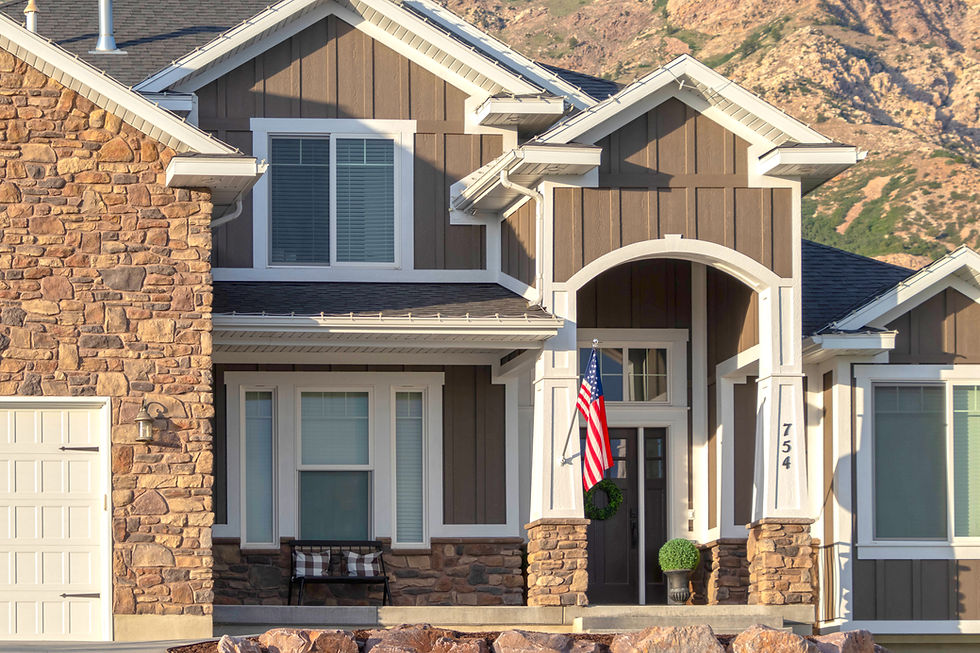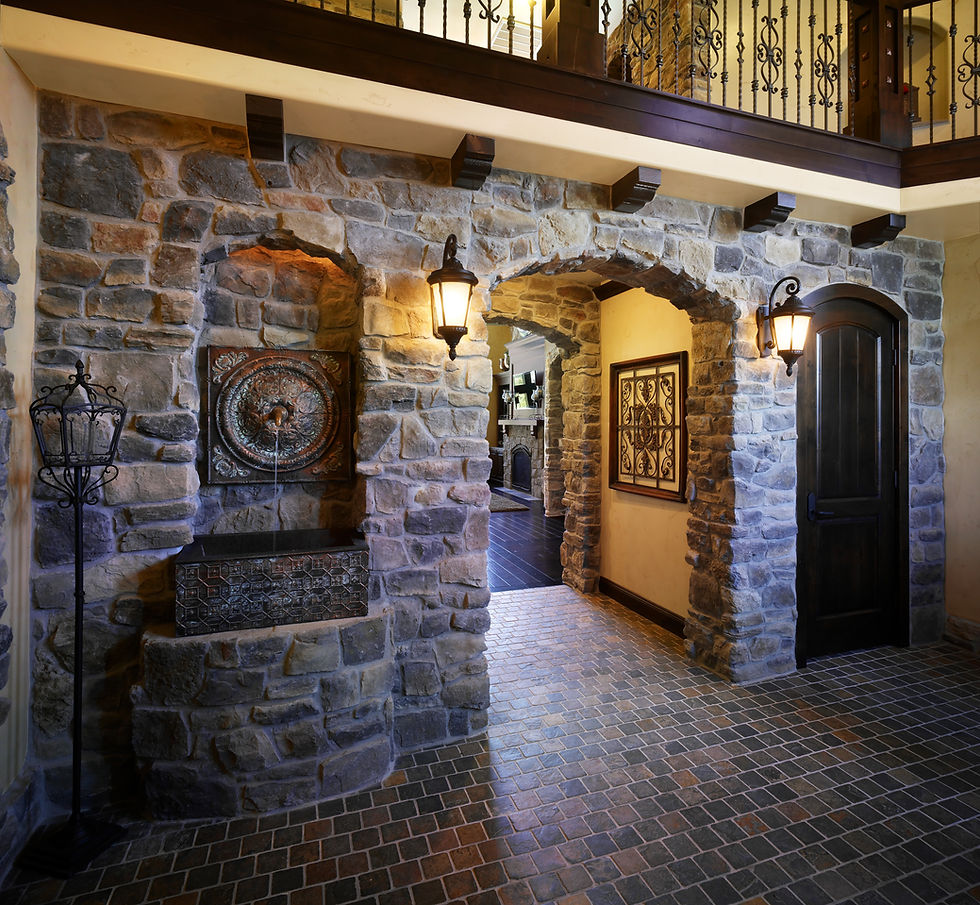IDing, Removing and Preventing Stone Veneer Efflorescence
- drdrewg
- Mar 8, 2022
- 3 min read
Updated: Jun 3, 2022
While stone veneers tend to be highly durable and stand the test of time, this doesn't mean they're invincible. Certain effects may take place on such surfaces over time, and a good example of this is an issue known as efflorescence -- and while this can be a concern for some veneers, it's also easy to prevent or get rid of if you know the right basics.
At Harristone, we're proud to not only offer a huge range of the best stone veneers on the market but also to provide clients with important tips for the basic care and maintenance of their veneers and other stone surfaces. What is efflorescence on a stone veneer surface, and how can it be identified, removed, and prevented in the future? Here's a basic primer.

Efflorescence Basics
When you hear this term, what's being referred to is a chemical process where various stone or cementitious materials, such as cement, brick, or mortar, come into contact with moisture for an extended period of time -- and then subsequently are exposed to the heat of the sun. In some cases, this can lead to a white residue that shows up on the surface of the stone veneer.
Here's how this can happen:
The stone veneer is selected and applied to a given surface - concrete, brick, cast-in-place concrete, or a few others. It will be adhered using a polymer modified type-S mortar, that will contain various amounts of sand, silica, lime, and certain other trace materials.
Over time, rainwater and other forms of moisture saturate the stone veneer, increasing its moisture content.
Either simultaneously or following this saturation, the sun heats up certain parts of the stone application. This dries out and "bakes" the moisture out of the setting bed.
As this continues to happen, various minerals travel from the back of the mortar through the face of the stone.
Once these minerals dry, the full effect of efflorescence is seen.
In some cases, it may look like your stone is "leaching" out. In reality, though, this is the stone acting as a membrane, and the minerals and salts are traveling through it. Efflorescence can also be accompanied by a number of other issues, such as staining, effervescing (bubbling), and spalling (chipping).
Removing Efflorescence from a Stone Veneer
Luckily, because this is a relatively common occurrence among various natural stones and stone veneers, there are several products out there that can help you remove and prevent efflorescence. These range from comprehensive masonry restoration products to simple sealers and enhancers.
When using any such products, it's vital to follow the manufacturer's instructions to the letter for the best chance of success. Improper application can often result in more efflorescence, rather than less, and it's also important to test any product on a small, inconspicuous area before full application.
It's important to note that the best way to remove efflorescence is to deal with it at the source. This means that you need to address any leaks, cracks, or other moisture issues before they have a chance to cause efflorescence down the road, if possible -- and we'll go over how to do so in our next several sections.
Moisture Control
Perhaps the single most important theme to keep in mind to prevent efflorescence is moisture control. As we mentioned, efflorescence is a direct result of excess moisture and can be exacerbated by improper or inadequate drying of masonry units and mortars.
In order to combat efflorescence, it's important to:
Use a waterproofing membrane on your veneer substrate, one that has been approved for use with your stone.
Use proper flashing around all doors, windows, and other openings.
Make sure the wall is sloped away from the building, both horizontally and vertically.
Ensure your gutter system is properly functioning and directing water away from the building.
Install an appropriate drainage system, such as a French drain or gravel trench, to move water away from the foundation.
Inspect the property regularly for any signs of leaks or moisture infiltration.
By following these tips, you can cut off the efflorescence process before it even begins. You won't ever have to deal with that unsightly white residue again.








